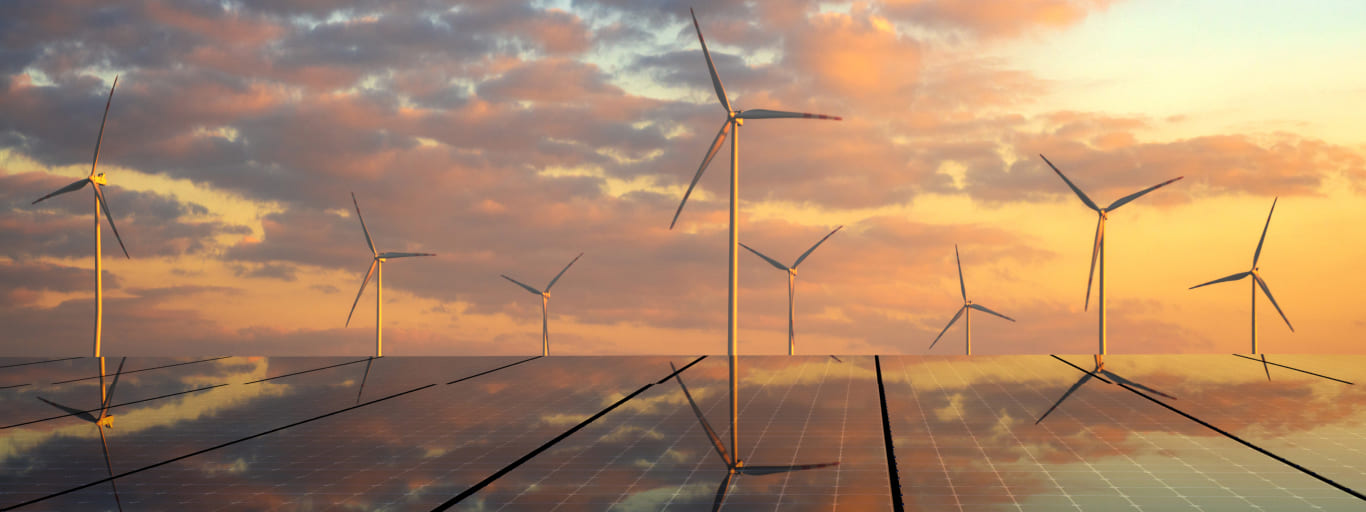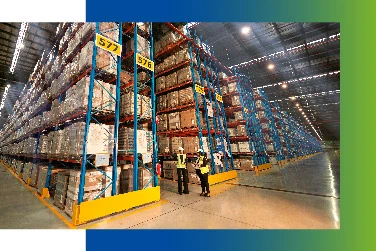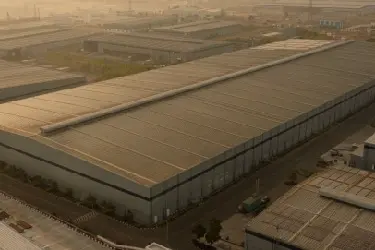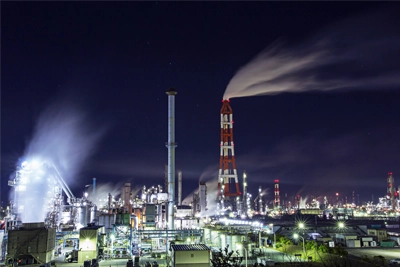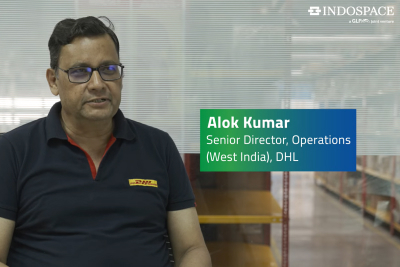This is an exciting time for the renewable energy sector in India. A surge in renewable investments and favorable government policies are improving the renewable energy landscape for domestic manufacturers in the country. To reach the non-fossil fuel energy targets of 500 GW by 2030, the Indian government has issued production-linked incentives (PLIs) for boosting the manufacturing of solar modules, imposed a 25 percent customs duty on the import of solar PV cells, and implemented concessional custom duty exemptions on import of critical components for wind turbine generator manufacturing.
While these financial incentives will remove the barriers hindering the growth of the renewable energy production sector, infrastructure support to speed up domestic manufacturing can play a key role to meet the clean energy targets set by the government.
Growing the nation’s solar cell production
The provisions to boost domestic manufacturing through custom duties on imported solar cells and the introduction of PLIs will reduce reliance on imported solar cells, modules, and inverters. But the current domestic manufacturing capacity is not enough to fulfill the solar energy targets. On an average 1 MW of solar power capacity requires 3000 solar modules. To reach the solar energy targets set by the government, the industry must manufacture 75 million solar modules every year.
But the present scale of production of domestic solar equipment is slower than their foreign counterparts. To achieve the massive scale of production in a short time frame would mean accelerating the complete process from land aggregation for production facilities, getting environmental and local clearances for the factory set up, and building supporting infrastructure to aid the industry.
Wind energy industry hampered by infra challenges
Along with the solar sector, wind power is an important component of India’s renewable energy plans. Wind power generation in the country has stagnated of late,due to the challenges in the acquisition of suitable real estate and the reverse bidding process that lowered the per-unit price for wind power to unfeasible levels. But plans to terminate reverse auction bidding and implement incentives like custom duty exemption on parts for manufacturing wind electric generators are projected to give much-needed impetus to the wind energy sector.
Despite these initiatives, the government may miss the wind energy target set at 60 GW for the year 2022. Initial investments in establishing production plants, acquiring land, and clearing all permissions are expected to take a long time for production to begin. The location of these plants is another important consideration as the government is promoting offshore wind installations and planning PLI scheme to augment the offshore wind industry. Such schemes would provide direct subsidies to manufacturers for building offshore wind power turbines. Strategic positioning of factories near major ports will give manufacturers an advantage in transportation of wind energy parts.
Speed – a key challenge for RE equipment makers
With the current state of renewable energy production, the Indian government could fall short of the 2022 target of 175 GW renewable energy capacity. Although government policies will remove a lot of hurdles for manufacturers in this sector, the speed of production of solar and wind power equipment also needs a boost.
Industrial parks with ready-to-move-in facilities can save on the initial capital requirements and help solar and wind equipment manufacturers start production quickly. With customized built-to-suit facilities and best-in-class infrastructure, such operations can help renewable energy equipment manufacturers rapidly achieve massive scale in production.
Plug-and-play facilities – the missing piece of the puzzle to renewable energy production
Partnering with industrial developers can help RE equipment manufacturers to expand their footprint in India. Plug-and-play rental plants enable immediate manufacturing operations and reduce cash outflow in the initial years of manufacturing set-up and gestation period. This CAPEX to OPEX conversion of land and building can reduce initial investments costs by up to 30-40%.
If manufacturers have export plans, these facilities can be converted into an Export Oriented Unit.
Such ready-to-move-in facilities are also strategically located near national transport infrastructure and seaports . This is especially crucial for transportation to offshore wind projects, which the government plans to expand in the next 10 years. With flexible options to expand operations and lower initial investments, solar and wind sectors — with the help of grade A developers like IndoSpace — can help realize the ambitious vision set by the government.

Rajesh Jaggi
Vice Chairman, Real Estate – The Everstone Group
